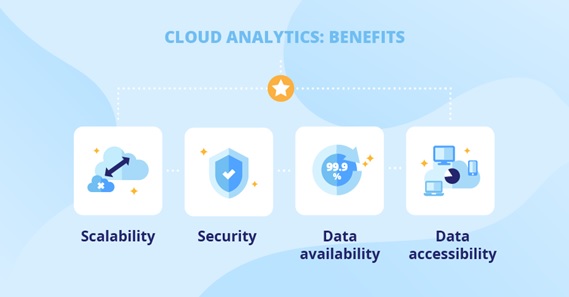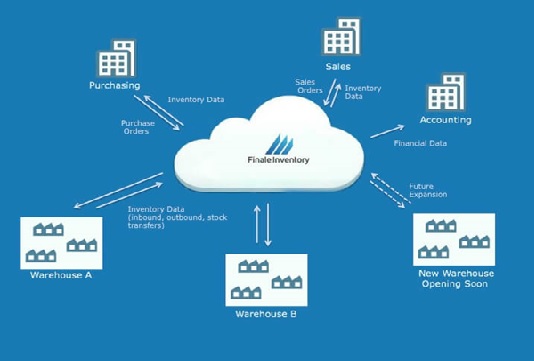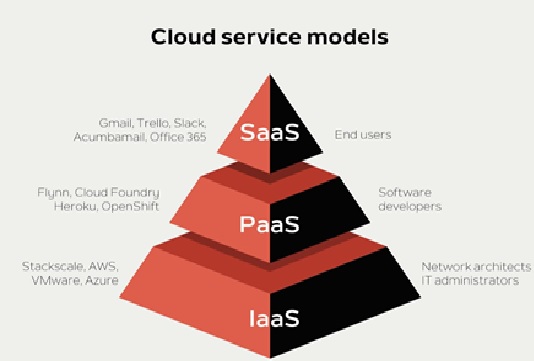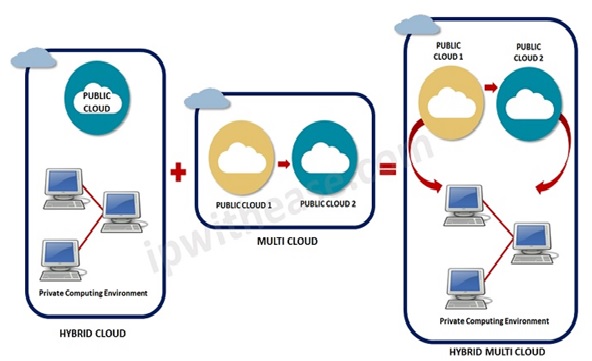Cloud Elasticity Vs Cloud Scalability
Scalability is a strategic operation for adding computing resources to support demand. As workload grows (AKA “a good problem to have”), you want a system that can handle growth. Cloud server elasticity represents more of a tactical approach to allocating computing resources. Elasticity provides the necessary resources required for the current workload but also scales up or down to handle peak utilization periods as well as off-peak loads.[1]
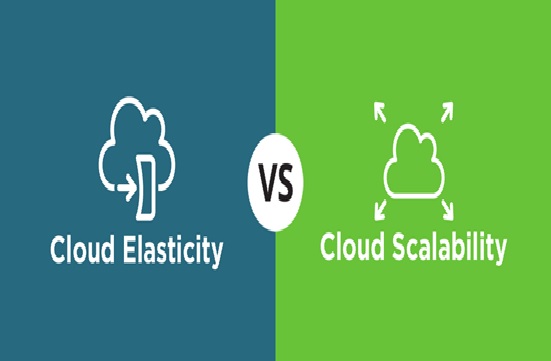
Figure 1. the Cloud elasticity Vs Cloud Scalability
Figure 1 shows The main aim of cloud elasticity is to ensure that the resources are sufficient at every given point in time. Cloud scalability, on the other hand, manages the needs that keep on changing with time. This is done by adding or deleting the resources to ensure that resources are neither lacking nor available in excess. [4]
Scalability vs. Elasticity
The purpose of Elasticity is to match the resources allocated with actual amount of resources needed at any given point in time. Scalability handles the changing needs of an application within the confines of the infrastructure via statically adding or removing resources to meet applications demands if needed. In most cases, this is handled by adding resources to existing instances—called scaling up or vertical scaling—and/or adding more copies of existing instances—called scaling out or horizontal scaling. In addition, scalability can be more granular and targeted in nature than elasticity when it comes to sizing.
Common use cases where cloud elasticity works well include e-commerce and retail, SaaS, mobile, DevOps, and other environments that have ever changing demands on infrastructure services. Businesses that have a predictable workload where capacity planning and performance are stable and have the ability to predict the constant workload or a growth cloud scalability may be the better cost saving choice.[3]
Elasticity vs. scalability in cloud computing: The final word
Modern business operations live on consistent performance and instant service availability.
Cloud scalability and elasticity handle these two business aspects in equal measure.
- Cloud scalability is an effective solution for businesses whose needs and workload requirements are increasing slowly and predictably.
- Cloud elasticity is a cost-effective solution for organizations with dynamic and unpredictable resource demands.
These features make scalability and elasticity a viable instrument for the company to hold its ground, grow steadily, and gain a competitive advantage.[2]
Difference of Elasticity Vs Scalability:
Service Availability
Scalability enables stable system growth, while elasticity solves variable resource demands. Automatically scale to meet needs.
Better Performance
Scalable and elastic configurations both ensure consistent performance. Customers will have a good customer experience.
Cost Effectiveness
Cloud scalability and cloud elasticity allow you to efficiently manage resources. You won’t overpay for off-peak periods. When it comes to cost management with elasticity vs scalability, elasticity optimizes more for off-peak times.[1]
References:
- https://www.webapper.com/cloud-elasticity-cloud-scalability/
- https://theappsolutions.com/blog/cloud/cloud-computing-elasticity-vs-scalability/
- https://blog.turbonomic.com/blog/on-technology/cloud-elasticity-vs-cloud-scalability
- https://www.jigsawacademy.com/blogs/cloud-computing/scalability-vs-elasticity
Cite this article:
Thanusri swetha J (2021), Cloud elasticity Vs Cloud Scalability, AnaTechMaz, pp. 26






